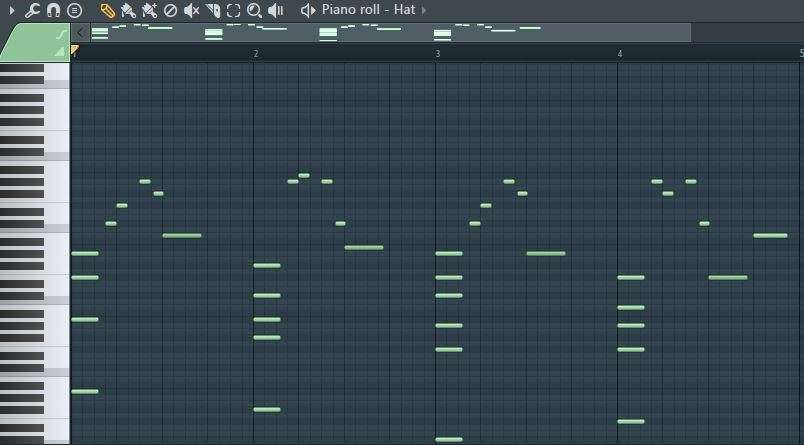If you’re into audio production then the term “midi” is something you’ve likely come across. For example Midi Keyboards are everywhere now and you may have wondered what Midi actually is.
Not to worry, this post will discuss what exactly midi means and what it is.
With that said…
What is Midi?
First things first, MIDI stands for Musical Instrument Digital Interface. Essentially, MIDI is an established technical standard which describes a way of communication between electronic and digital musical tools.
MIDI information itself does not make sound at all.
All it does is carry a series of data or messages that could be a notes pitch, notation, velocity and other information that simply specify instructions.
These messages are then interpreted by a MIDI instrument to produce sound in accordance with the midi information or data. A MIDI instrument can be a piece of hardware (electronic keyboard, synthesizer) or part of a software environment (ableton, garageband, FL Studio) etc.
The Application of MIDI
Musical Instrument control
The whole purpose of MIDI is to simply allow electronic or digital musical instruments to be able to communicate with each other in order for one instrument to control another.
For example, beats from a drum sound module can be triggered by a MIDI-compatible sequencer which would make most people think the sequencer is producing the sound when all its doing is relaying midi information/messages being interpreted by the sound module hence enabling it to trigger sounds.
Before midi was developed, there were analog synthesizers that had no internal digital component.
Even then they could still be retrofitted with kits that could convert MIDI messages into analog control voltages.
When you press a note on a MIDI instrument, it generates a digital MIDI message that can be used to trigger a note on another instrument.
This capability of the MIDI instrument to act almost as a remote control allows full-sized instruments to be replaced with smaller sound modules,
which can allow musicians to combine various instruments to achieve a fuller sound, or to create combinations of various synthesized instrument sounds, such as acoustic piano and strings.
What makes MIDI even more superior is that it also enables other instrument parameters (volume, effects, etc.) to be controlled remotely through the transmission midi data.
For example: Synthesizers and samplers contain various tools for shaping an electronic or digital sound.
These tools are what we use in the development of sounds from scratch which is sometimes referred to as sound design or synth programming.
There are various controls on samplers and synthesizers for example;
Filters adjust the timbre, and envelopes automate the way a sound evolves over time (such as attack, release, decay etc) after a note is triggered.
The above synthesizer parameters are just a few that can be controlled remotely through MIDI. Controls such as knobs, switches, and pedals can be used to send these messages.
A set of adjusted parameters can be saved to a device’s internal memory as a patch, and these patches can be remotely selected by MIDI program changes.
Composing with ease
MIDI events can be sequenced with various computer software, or in specialized hardware music workstations.
The importance of midi makes it a crucial component in digital audio workstations (DAWs) and they are specifically designed to work with MIDI as an integral component.
For example MIDI piano rolls are something that you’ll find in many Digital Audio workstations because they make it so that the recorded MIDI messages can be easily modified.

Such tools allow composers to try out many things as well as edit their work more quickly and efficiently. This makes music creation that much quicker and faster as compared to the old days of multi-track recording.
MIDI is a set of commands that create sound, which means that MIDI sequences can be easily manipulated in ways that prerecorded audio simply cannot.
Midi allows the composer to compose ideas and quickly hear them played back which can make it easier for them to experiment.
Some composers may take advantage of standard, portable set of commands and parameters in MIDI 1.0 and General MIDI (abbrev. GM) to share musical data files among various electronic instruments. Which makes for Extended functionality and convenience.
The data composed via the sequenced MIDI recordings can be saved as a standard MIDI file (SMF), digitally distributed, and reproduced by any computer or electronic instrument that also adheres to the same MIDI, GM, and SMF standards.
MIDI data files are much smaller than corresponding recorded audio files. Which makes it an invaluable tool that can allow for flexibility as well as convenience.